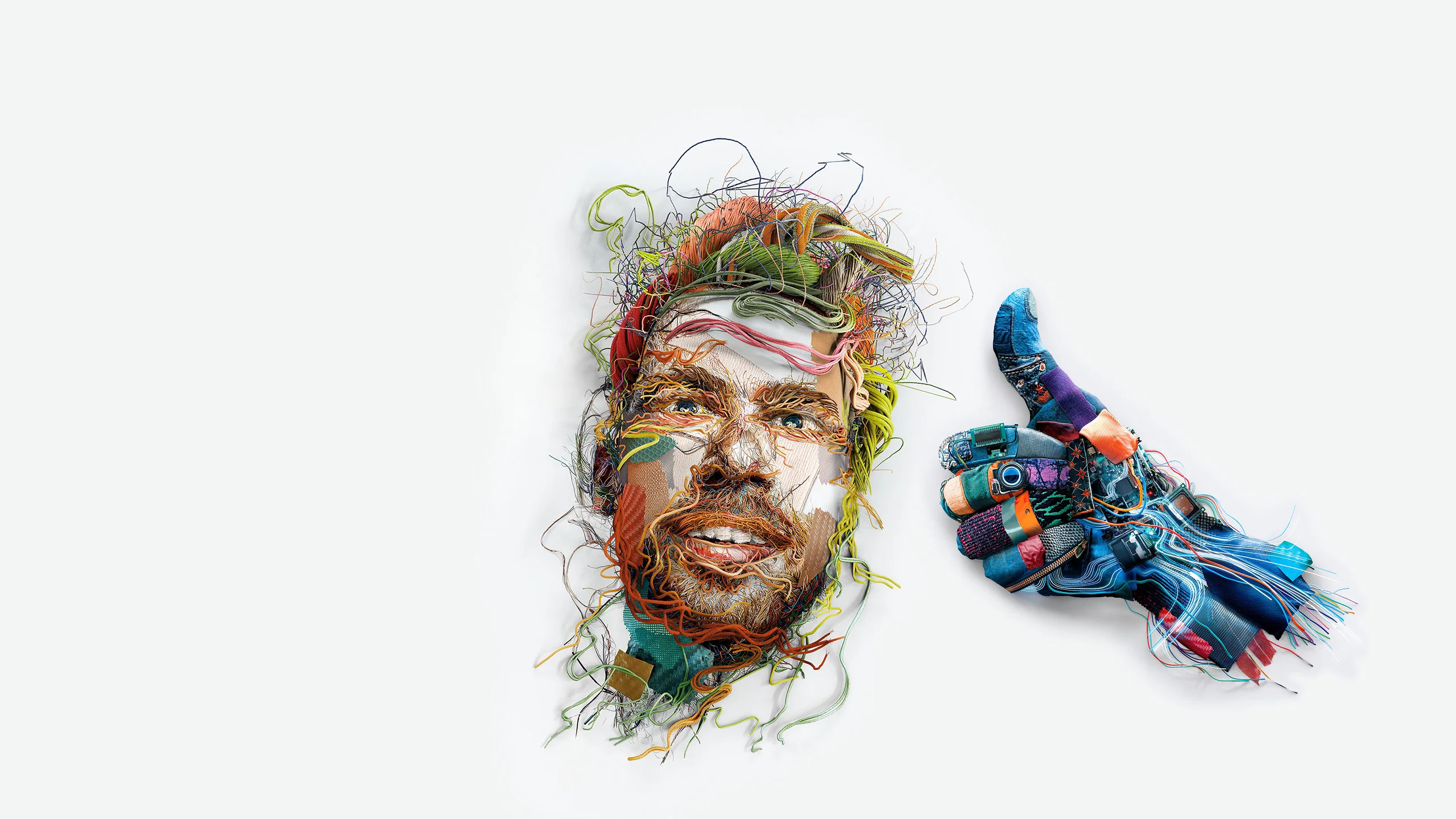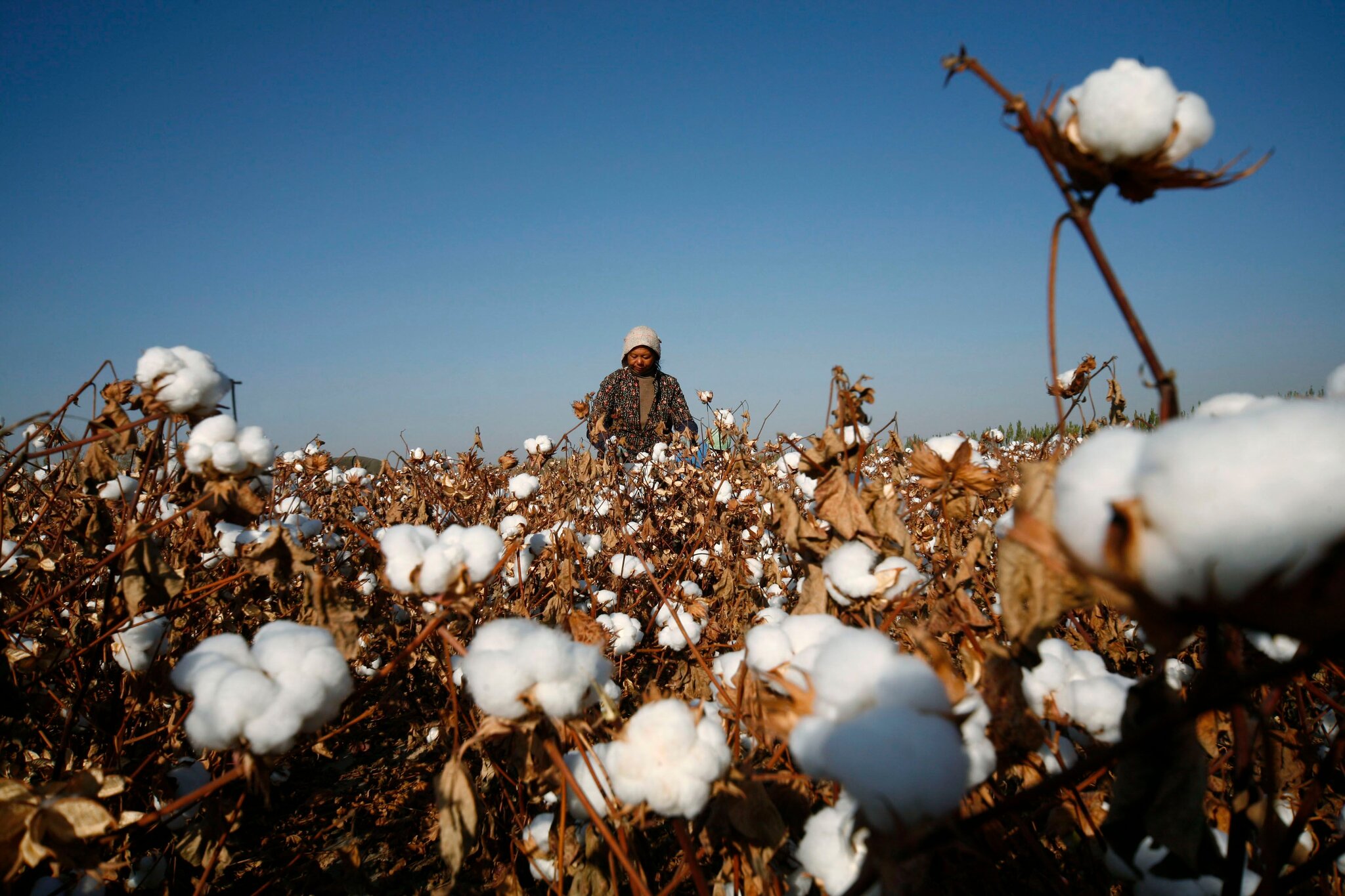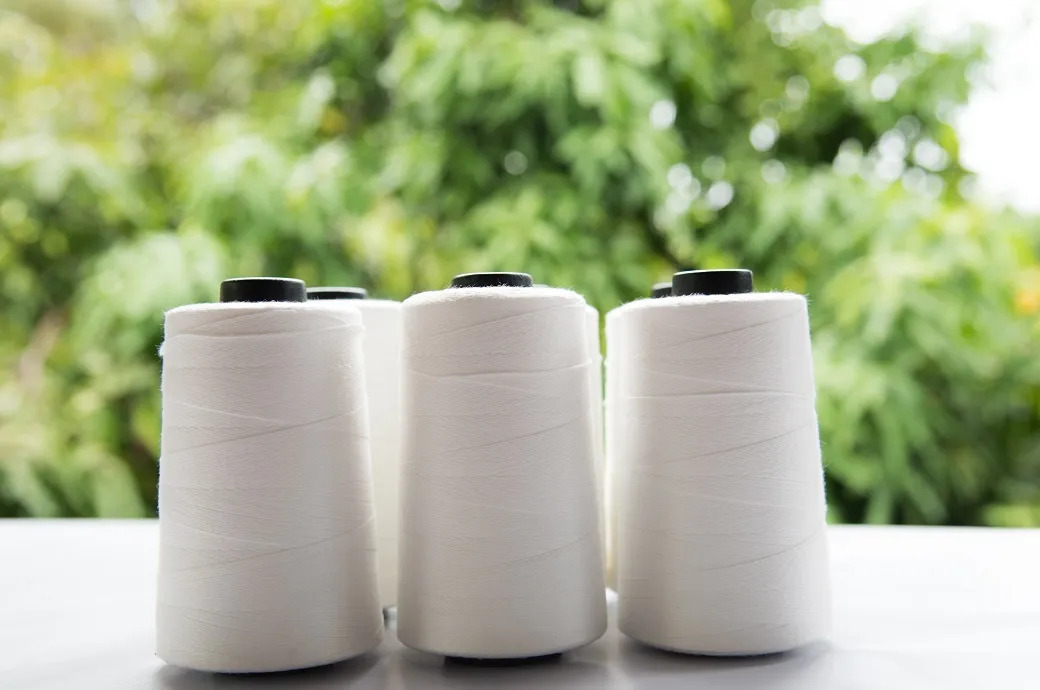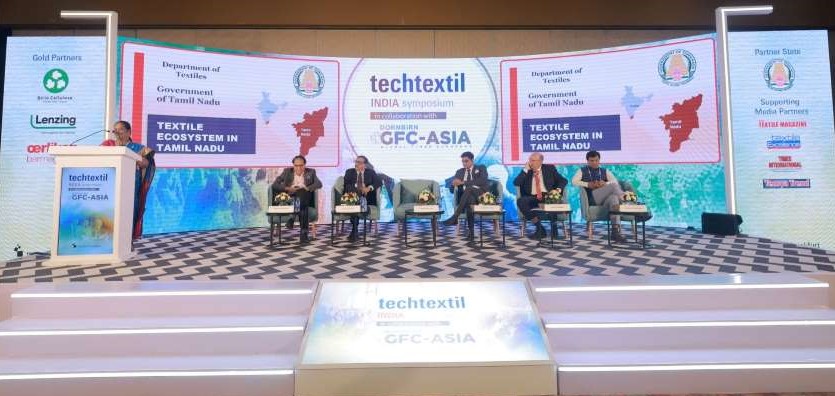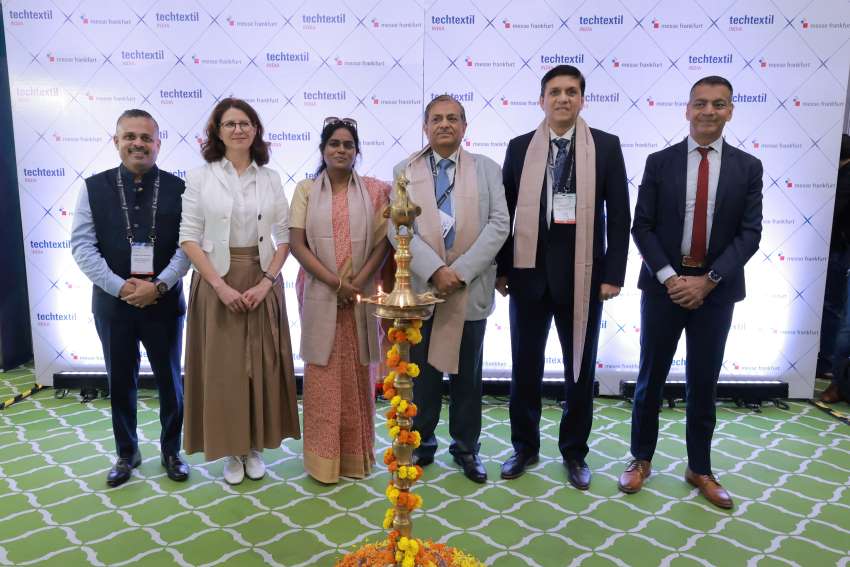FW
Chinese company, October4128 (BD) is set to invest $19.72 million to establish a high-end garments manufacturing industry at the BEPZA Economic Zone (BEPZA EZ) at Mirsharai in Chattogram.
The company signed an agreement to this effect with the Bangladesh Export Processing Zones Authority (BEPZA).
.The company will produce annually 3 million pieces of ski, snow sports, hunting and motor rider's gear, insulated winter coats, down jackets & pants, rain gear, work wear, running wear, yoga wear, and water-sportswear.
The project is expected to create employment opportunities for some 2,788 Bangladeshi nationals.
Major General Mohammad Moazzem Hossain, Executive Chairman, BEPZA says, this preferred investment and assured full cooperation to ensure smooth business operations. So far, 49 companies including October4128 (BD) have signed agreements to invest in the BEPZA Economic Zone, with a total proposed investment of around $ 1.08 billion.
Of them, six companies have already started production. BEPZA Economic Zone has thus emerged as one of the most attractive investment destinations in Bangladesh for both local and foreign investors.
The world's premier trade fair for home and contract textiles, Heimtextil 2026, is set to reunite the global industry in Frankfurt from January 13 to 16, 2026. Organized by Messe Frankfurt, the event will continue its tradition of strengthening ties with the Turkish textile sector.
At a press conference in Istanbul to promote the fair, Margit Herberth and Bettina Bär, Directors shared insights into global market transformation, emphasizing that geopolitical challenges, economic instability, inflation, cost pressures, declining consumer demand, and digitalization are the key forces reshaping the industry.
In a presentation titled ‘Lead the Change,’ Herberth highlighted how artificial intelligence (AI) is changing the game - from trends to innovation. The market is currently being shaped by two powerful factors: hyper-individualization and connectivity, she noted
AI profoundly impacts every field. It enables real-time hyper-personalization across products and services, strengthening the personal and emotional bond between manufacturers and consumers, Herberth stated. AI empowers businesses by facilitating and accelerating scalable value chains, production, and product development, allowing for ‘tailor-made offers faster and more authentically than ever before, she added.
Bettina Bär called Heimtextil a strategic partner for the sector’s transformation, providing a reliable platform where more than 3,100 companies from 65 countries showcase their solutions. The fair's layout has evolved to reflect market changes. The Hall 3.0 features the ‘among-all’ installation, along with wallpapers, carpets, curtains, and sun protection systems.
Hall 4.0 hosts the smart bedding segment with the new Sleep & Meet area while Halls 3.1 & 4.1 showcase upholstery and decorative fabrics.
Created by Alcova Milano, the Heimtextil Trends 26/27 will be presented in Hall 6.1. The theme, ‘Craft is a Verb,’ demonstrates, high technology and traditional craftsmanship are complementary, opening up new creative horizons.
Six core trends illustrate this fusion, including: Re:media (digital design and craftsmanship interaction), Visible co-work (AI initiates, humans complete), and Crafted irregularity (a counter-movement to AI’s perfection). The trend's color palette ranges from stable, natural tones like sand and olive to vibrant, digital accents such as acidic green and bright screen blue.
Danish fashion company Bestseller achieved a significant milestone by celebrating its 50th anniversary in the FY24–25, alongside reporting robust financial results.
Founded by Merete Bech Povlsen and Troels Holch Povlsen with a singlestore in Ringkobing, Denmark, Bestseller registered a 7 per cent Y-o-Y growth in revenue during FY24-25. The company’s pre-tax profit increased by 10 per cent to approximately $922.7 million.
The company has grown to over 2,800 retail stores and employs around 25,000 colleagues across 90 countries. Strategic investments made by the company under the leadership of Anders Holch Povlsen help drive responsible growth including increasing the share of preferred materials through the Fashion FWD strategy and increasing the share of preferred materials. The company’s innovation arm Invest FWD supports tech companies like Softwear Automation (automated garment production) and Matterr (polyester recycling).
Bestseller is the parent company for well-known brands such as Jack & Jones, Vero Moda, Only, and Name it.
India registered a steep decline of 14.8 percent in apparel exports during the July-September quarter of the FY25-26, according to a recent analysis by the Confederation of Indian Textile Industry (CITI).
Using estimates from the Press Information Bureau (PIB), this report shows, apparel exports declined from $3,636 million in Q2 FY2024-25 to $3,097 million in Q2 FY2025-26. This sharp contraction reflects persistent challenges in key export markets and sluggish global demand for clothing.
CITI's analysis further notes, during September 2025, India’s textiles exports registered a decrease of 10.45 per cent compared to the previous year, while apparel exports saw a similar drop of 10.14 per cent. Cumulatively, total exports of textiles and apparel in September 2025 lowered by 10.34 per cent over September 2024.
Despite the quarterly setback, the overall performance in H1, FY26, spanning April-September 2025 shows a modest cumulative growth of 3.42 per cent in apparel exports. This suggests a partial recovery occurred earlier in the fiscal year, though the pressure intensified later in the quarter.
The 10th Edition of the Hot Button Report by Canopy demonstrates the massive transformation in the global man-made cellulosic fiber (MMCF) supply chain since 2016.
The industry's most trusted tool for evaluating MMCF fiber sourcing, the Hot Button Report shows, the sector has moved from having zero low-risk Green Shirt producers in 2016 to 21 in 2025. It also went from having no commercial-scale Next Gen fiber lines to 16 available today. These findings prove that significant change in the fashion industry can happen in years, not decades.
Released in Lisbon, the 2025 Hot Button Report offers the most comprehensive look at how MMCF producers are eliminating sourcing from the world’s ancient and endangered forests while speeding up the shift to low-carbon, circular Next Gen alternatives. The report rates 98 per cent of global MMCF production using Canopy's recognizable ‘shirt’ system. The results show, almost 70 per cent of producers now earning Green, Partial Dark Green, or Dark Green status - a sharp improvement from just nine years ago.
The top spots in the ratings are shared by Lenzing and Tangshan Sanyou, with Aditya Birla close behind in second place. Other producers achieving Dark Green Shirt status include Jilin Chemical Fiber, Yibin Grace, and Xinxiang Chemical Fiber Co. (Bailu), all of whom made major strides in Next Gen integration last year, along with other industry leaders.
This year’s Report includes contributions from 30 global MMCF producers, including two new companies, bringing the total of Green Shirt-rated production to 54% in 2025.
According to Nicole Rycroft, Founder and Executive Director, Canopy, the leaders in the Hot Button are proving that investing in Next Gen solutions is essential for building resilient, low-carbon supply chains to meet brand expectations, reduce volatile raw material supply, and deliver long-term business value.
While all leading companies showed unique strengths, they all invested in advancing Next Gen fiber alternatives, which is crucial for reducing reliance on forests and improving supply chain resilience.
MI Demo and Saolon (formerly Mitsubishi) have moved up from Light Green to Partially Dark Green Shirts while Yibin Grace opened the first recycled dissolving pulp mill in China. Xinxiang Chemical Fibre (Bailu) launched a direct textile-to-textile MMCF facility, while Tangshan Sanyou debuted a testing facility for the same technology. Jilin Chemical Fiber introduced Reboocel, a new recycled bamboo pulp line. On the other hand, Tangshan Sanyou advanced the development of Next Gen Lyocell and Xinxiang Chemical Fiber opened a juncao grass MMCF facility.
In total, 16 individual Next Gen MMCF product lines, from 12 producers, are now commercially available.
The ‘Italia è Moda – Italian Fashion Days in the World’ (Giornate della Moda Italiana nel Mondo – GMIM) series is being held from October 10 to November 14, 2025. It will include events in Belo Horizonte, Rio de Janeiro, and São Paulo. Launched by the Minister of Foreign Affairs and International Cooperation, Antonio Tajani, within the framework of the Diplomacy for Growth, this initiative represents a key element in promoting Italian excellence abroad. Through its network of Embassies, Consulates, Italian Cultural Institutes, and Italian Trade Agency Offices, the Ministry of Foreign Affairs supports these efforts to enhance Made in Italy and foster its internationalization.
On this occasion, the MAECI (Ministry of Foreign Affairs and International Cooperation) – ICE (Italian Trade Agency) presented its ‘OpportunItaly’ campaign in Brazil for the first time. Part of the Export Action Plan, it promotes business connections between Italian companies and foreign operators through digital business matching services and content focused on strategic sectors of Made in Italy.
Following its earlier stages at the Italy Pavilion at Expo Osaka 2025 and in Dubai, as well as numerous promotional events organised by the Italian diplomatic-consular network over the past months (beginning with the Embassy in Athens), GMIM is now being held in Brazil.
In Belo Horizonte, Alessandro Cortese, Italian Ambassador to Brazil, inaugurated the exhibition ‘Italian SportDesign and more,’ organized by the Consulate General in collaboration with ICE-ITA Brazil (Italian Trade Agency – Brazil office), the Sportsystem Foundation, ANFAO (National Association of Italian Optical Manufacturers), and the Design School of the State University of Minas Gerais (UEMG).
In Rio de Janeiro, the Consulate General and ICE-ITA Brazil will organize the talk ‘Exporting La Dolce Vita – Beautiful and well-made: the potential of high-quality Italian products in the international arena’, in collaboration with the Federation of Industries of Rio de Janeiro (FIRJAN), hosted at the Palácio da Cidade.
The initiative is supported by Italian Trade Agency and in partnership with the main sector associations, including ANFAO, Camera Nazionale della Moda Italiana, Confapi Uniontessile, Confartigianato Moda, Confartigianato Orafi, CNA Federmoda, CNA Orafi, Confindustria Accessori Moda, Confindustria FEDERORAFI, Confindustria Moda – Federazione Tessile e Moda, Cosmetica Italia, and Altagamma.
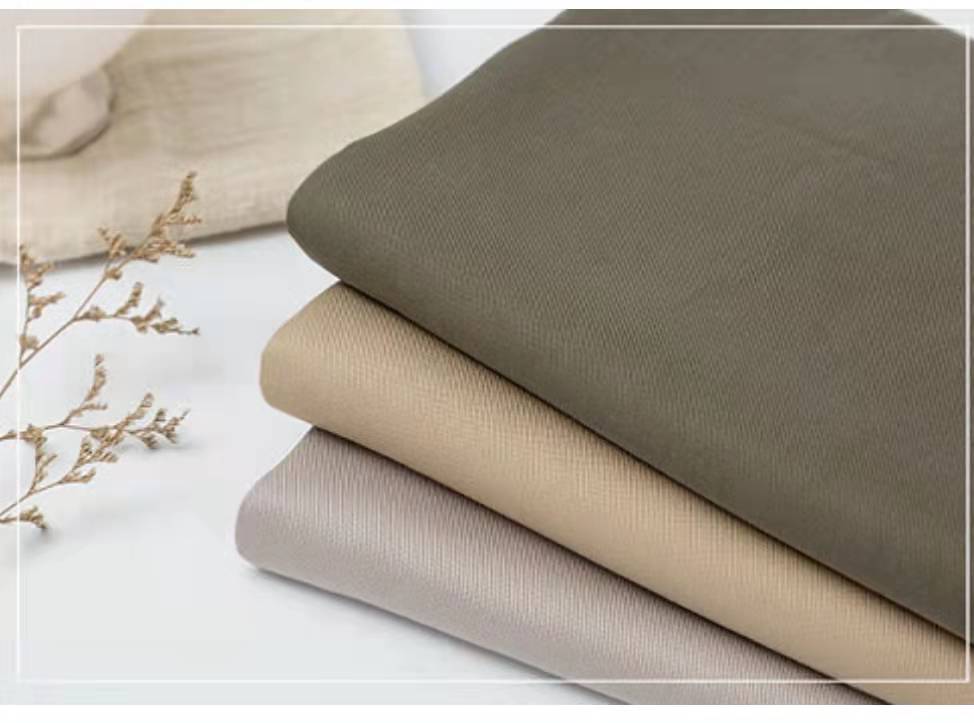
The recent job cuts announced by Lenzing, a pioneer in sustainable cellulosic fibers, are a stark reflection of the complex challenges facing Europe's textile industry. While the global fiber market is growing, this growth is overwhelmingly driven by low-cost, high-volume production of synthetic fibers, primarily polyester, in Asia. Lenzing's struggles are a wake-up call, highlighting a fundamental disconnect between consumer aspirations for sustainability and the economic realities of a market dominated by fast fashion and price competition.
A tale of two realities
The global textile fiber market is projected to reach approximately $63.42 billion by 2030, growing at a Compound Annual Growth Rate (CAGR) of about 4.5 per cent from 2025. This growth is led by rising populations and incomes in emerging economies. However, this growth is not evenly distributed. The market is bifurcated into two distinct segments:
Synthetic fibers: This segment, led by polyester, holds the largest market share. In 2024, polyester production reached an estimated 78 million tons, accounting for nearly 60 per cent of all textile fibers. Its dominance is due to its low cost, versatility, and durability, making it the material of choice for the fast fashion industry.
Man-Made Cellulosic Fibers (MMCFs): This category, which includes Lenzing's flagship products like Lyocell (Tencel), is a smaller, more specialized market. While the Lyocell market is growing, due to a desire for sustainable alternatives, its market size was only about $1.12 billion in 2024. The high production costs of these fibers limit their large-scale adoption, particularly in price-sensitive markets.
The disparity in market share and scale between these two categories is profound. While Lyocell is celebrated for its eco-friendly credentials (derived from wood pulp, a renewable resource, and produced in a closed-loop system), it struggles to compete on price with polyester. This price gap is a major barrier for consumers and brands alike.
Lenzing's financial tightrope
Lenzing's financial performance showcases the pressure from this market dynamic. While the company has seen some recovery, it continues to face headwinds.
Table: Lenzing group financial data (2024-2025 H1)
Indicator H1 2024 H1 2025 Revenue €2.66 bn €1.34 bn EBITDA €395.4 mn €268.6 mn Net Result after Tax -€138.3 mn €15.2 mn Employees (FTE) 7,816 7,712
Despite a positive net result in the first half of 2025 and a successful performance program, the company’s need for further measures to respond to the lack of market recovery and the intense competition in Asia points to a deeper systemic issue. The announced layoffs of up to 500 jobs at its Austrian headquarters underscore the company's efforts to optimize its cost structure and remain competitive.
The outsourcing of administrative functions to countries like the Czech Republic and India further demonstrates the need to cut costs to an extent not previously seen, even for a company with a strong brand and a reputation for sustainability.
The rise of China and the challenge of industrial policy
China's role in the global textile landscape is an important factor in Lenzing's predicament. China is not only the world's largest exporter of textiles but has also become a major producer of chemical fibers, including viscose, a direct competitor to Lenzing's products.
Manufacturing prowess: China has developed a complete and vertically integrated textile supply chain, from raw materials like cotton and chemical fibers to finished garments.
Government support: State-driven initiatives, such as the "Made in China 2025" plan, have prioritized the development of high-end, intelligent, and green manufacturing, further boosting the sector.
Cost advantage: Lower labor costs, economies of scale, and efficient supply chains give Chinese manufacturers a significant competitive edge in global markets.
This has created a challenging environment for European producers like Lenzing. While brands in Europe and North America increasingly demand sustainable materials, the vast majority of textiles are still produced and consumed within a system that prioritizes speed and low cost, a model China has perfected.
The aspiration-action gap
A study by GlobeScan in Europe found a gap between consumer aspirations for sustainable fashion and their actual purchasing behavior. While 71 per cent of consumers expressed a desire to shop more sustainably, the primary barrier was the higher cost of sustainable fashion (cited by 41 per cent of respondents).
|
Barrier to Sustainable Fashion in Europe |
% of Consumers (Aspirants) |
|
Higher cost |
41% |
|
Difficulty identifying sustainable items |
27% |
|
Not knowing where to shop |
24% |
|
Lack of knowledge |
21% |
|
Skepticism about claims (greenwashing) |
19% |
Source: GlobeScan, 2025. Based on a survey of Gen Z and Millennial consumers in France, Germany, Italy, Sweden, and the UK.
This data reveals the core issue, the ‘green premium’. Consumers want to make better choices but are often unwilling or unable to pay the higher price required to support sustainable production models like Lenzing's. This puts companies like Lenzing in a difficult position, caught between high operating costs in Europe and the pressure to compete with a global market that values affordability above all else.
A wake-up call or the end of an era?
Lenzing’s situation is more than a simple business downturn; it's a symptom of a larger systemic failure. It’s a wake-up call for Europe. The continent cannot simply rely on green marketing and consumer goodwill to sustain its industrial base. What's needed is a concerted effort that combines:
New business models: Companies must innovate beyond the linear model of fast fashion. This includes embracing circularity, product-as-a-service, and on-demand manufacturing to reduce waste and create value in new ways.
Real transformation: The entire value chain, from raw material sourcing to retail, needs to be re-evaluated for sustainability and efficiency, rather than just relying on marginal improvements.
Industrial policy: Governments must play a role in creating a favorable environment for sustainable production. This could involve targeted subsidies, favorable regulations that penalize unsustainable practices, and investments in research and development to reduce the cost of eco-friendly materials.
Without such a strategic shift, Lenzing's predicament could very well be the beginning of the end for European fiber production, ceding the market entirely to low-cost Asian competitors. It poses a fundamental question: can Europe's commitment to sustainability translate into a viable economic model, or is it destined to be a niche luxury, disconnected from the realities of the global marketplace? The clocks are indeed ticking.
Labor leaders in Bangladesh are protesting against a proposal by the apparel trade body to raise garment workers' wages by only 20 per cent.
The proposal was presented by Arshad Jamal Dipu, representing the Bangladesh Garment Manufacturers and Exporters' Association (BGMEA), during the fifth meeting of the Wage Board. The BGMEA's plan sets the minimum monthly wage at Tk 3,600 (approximately $43 USD), which includes a basic pay of Tk 2,400, a house rent of Tk 960, and a medical allowance of Tk 240. This figure falls far short of the workers' demand for a minimum wage of Tk 8,114 (approximately $96).
Sirajul Islam Rony, Representative, Garment Workers, called the BGMEA's proposal ‘illogical and inhumane.’
The laborers had expected, garment owners would offer higher wages taking into consideration the rising cost of living, added Rony
Echoing this sentiment, Fazlul Haque Montu, Executive President, Jatiya Sramik League, stated, the massive gap between the workers' demand and the owners' offer was unacceptable given the current cost of living.
Defending the owners' position, Dipu said the proposal was calculated based on the general inflation rate since November 2010, the rising production costs, raw material prices, and the industry's capacity. When questioned about the logic of a 20 per cent hike, he pointed out, while there are roughly 3,174 factories nationwide, about 1,000 to 1,500 are in the small category, suggesting a need for caution. He did, however, leave open the possibility for further negotiations on other allowances.
AK Roy, Chairman, Wage Board, confirmed, a few decisions were made based on the two proposals. These include having Wage Board members visit five garment factories (three in Dhaka and two in Chittagong) to meet with both workers and owners. Additionally, the members plan to visit Thailand, Vietnam, and Cambodia by the end of the current week to study their wage fixation processes and worker benefits.
The members agreed to hold their next meeting on October 21, following their local and foreign trips and the upcoming religious festivals of Eid and Durga Puja.
A global leader in sustainable technologies for the textile industry, Jeanologia organized an exclusive press tour at its booth during Kingpins Amsterdam.
The press tour allowed attendees to explore the ‘Mediterranean Soul’ collection, a new denim proposal that combines Mediterranean inspiration, creativity, and sustainability to showcase the future of denim production.
The tour showcased how combining Laser and G2 Indra technologies allows for hyper-realistic denim finishes while simultaneously protecting the environment and workers.
Attendees also learnt bout the eDesigner platform, which connects digital design directly to real-world production, thereby speeding up processes and significantly reducing the need for physical samples.
The press tour featured live demonstrations of the technology, and provided opportunities for attendees to interview Jeanologia’s representatives.
The 23rd Vietnam International Textile and Garment Industry Exhibition (VTG 2025) officially kicked off on October 15, 2025 in Ho Chi Minh City.
Jointly organized by the Vietnam National Trade Fair and Advertising Company (Vinexad) and Yorkers Trade & Marketing Service Co, this year’s show is a major international draw. It features over 400 exhibitors spread across 750 booths from 10 countries and territories, including China, India, Malaysia, Pakistan, Singapore, South Korea, and Thailand.
The three-day event is focused on the future of the industry, spotlighting the latest advancements in automated, digitalized, and advanced machinery. These innovations are crucial for advancing factory digitalization, directly supporting Vietnam's national digital transformation goals and efforts toward product diversification. Attendees will get a comprehensive look at the industry’s future, spanning everything from cutting-edge machinery and next-generation fabric and footwear solutions to quality control and auxiliary equipment for both domestic and international buyers.
More than just a trade show, VTG 2025 serves as a key platform for business networking, cooperation, and investment promotion, offering visitors a chance to explore new technologies, connect with global industry leaders, and update their market trend knowledge to shape their business strategies.
In a nod to global environmental concerns, VTG 2025 is also heavily emphasizing sustainability. According to Pham Dang Khanh, Deputy General Director of Vinexad, the exhibition includes a series of thematic seminars focused on circularity, functionality, and sustainability. These sessions bring together leading experts, pioneering manufacturers, and academic researchers. Their goal is to share insights on developing green supply chains and low-carbon production models, ultimately striving to foster a more sustainable and competitive future for Vietnam’s textile, apparel, and footwear sectors.



